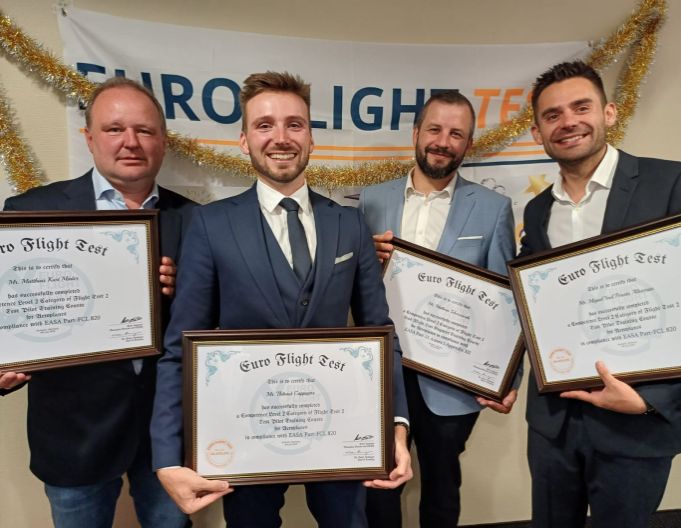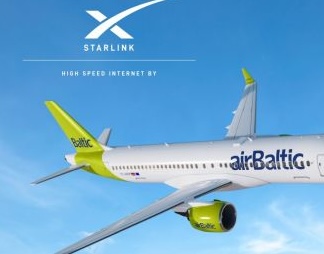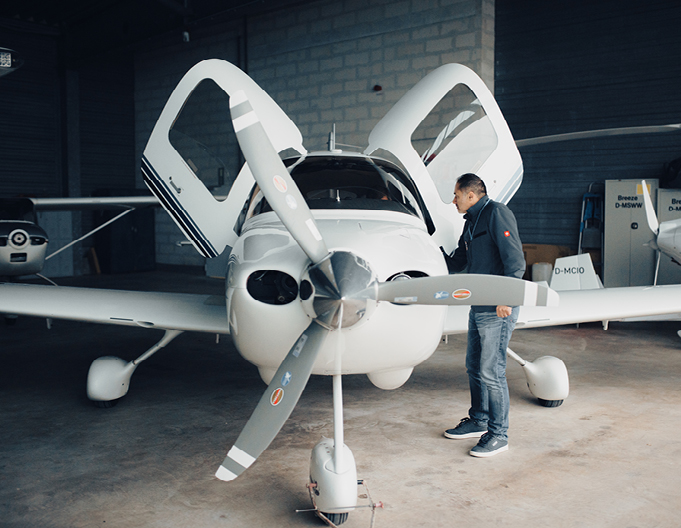airplanes and helicopters
EASA CAT 2 TP/LFTE (Aeroplane)

Date: 16.03.-
03.07.2026

Duration:
16 weeks

Academics:
180+ hours

Flight Hours:
50 TP resp. 30 LFTE

Types:
10+

Price: upon
request
Overview
This professional training program prepares Test Pilots (TP) and Lead Flight Test Engineers (LFTE) for the EASA CAT 2 Flight Test Rating (Aeroplane) in accordance with EASA FCL.820 and EASA Part-21 Appendix XII.
Key Features
Students fly multiple aircraft types, including platforms certified under CS-25 or equivalent standards. The curriculum includes several solo flights and the development of both written and oral flight test reports. A dedicated final project concludes the training with a full-scope evaluation of an unfamiliar aircraft type. Principles of test, risk and safety management are integrated across all course modules. Additionally, methods relevant to certification activities and safety assessments are consistently addressed throughout the program. To prepare students for unexpected scenarios, the course also includes dedicated in-flight emergency training, which incorporates practical parachute jump exercises under professional supervision.
Course Structure
The course is organized into 6 blocks:
- flight test management
- performance testing
- handling qualities testing
- systems testing
- FTI / engines / human factors
- final project
Training is conducted on a diverse fleet of single- and multi-engine aircraft, complemented by extensive individual instruction in certified full-flight simulators.
Modular Course Design
The EASA CAT 2 course can be completed, if desired, in 2-3 separate phases. This structure allows participants to align training with operational schedules and flexibility.
Skills Gained
Graduates develop a thorough understanding of flight test safety and certification procedures, the ability to plan and conduct complex flight test missions, proficiency in system assessment and the use of flight test instrumentation and advanced skills in data acquisition, analysis and reporting.
Prerequisites:
- Basic English language proficiency
- Valid medical certification confirming physical fitness (Class 2 or Class 1)
- Engineering degree or equivalent technical background
- CPL/IR
- Minimum of 1,000 total flight hours, including at least 400 hours as Pilot in Command (PIC)
Note: The course has a high academic and operational workload.

Select course, fill out form, take off
register now
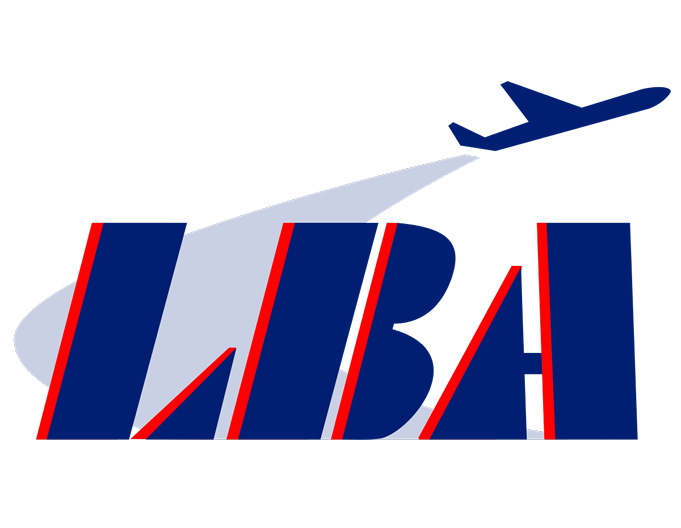



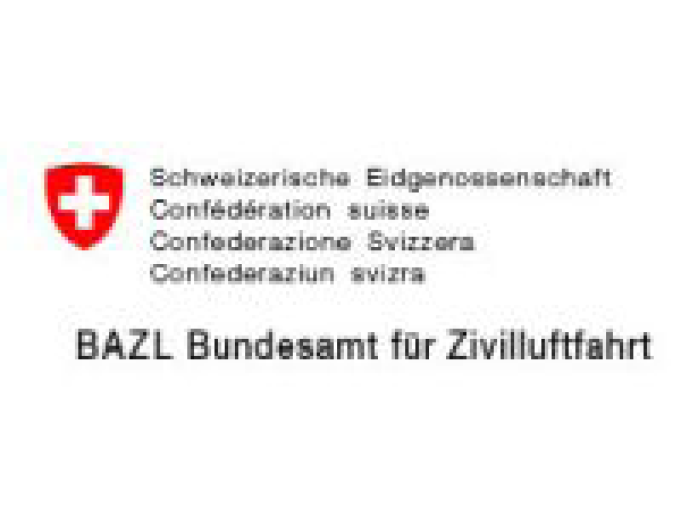

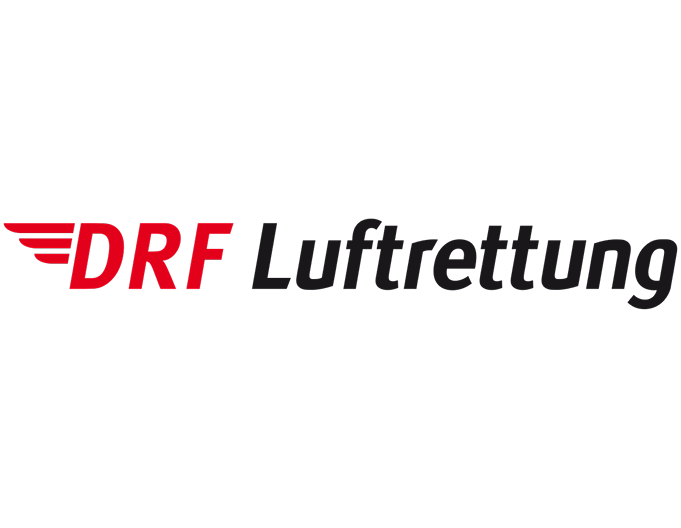



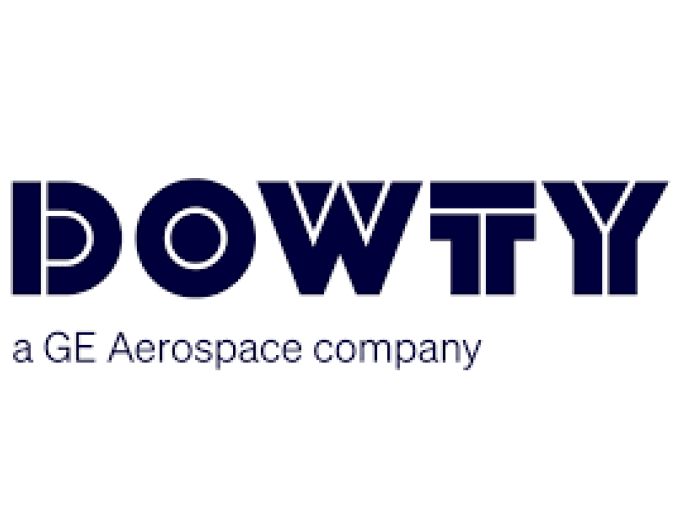

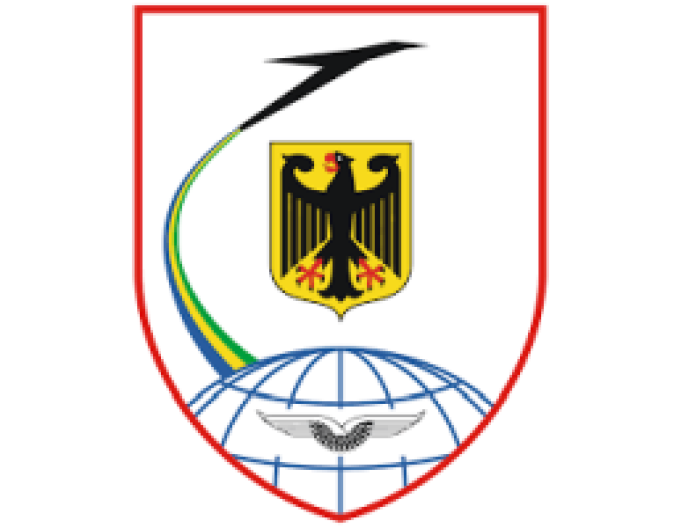

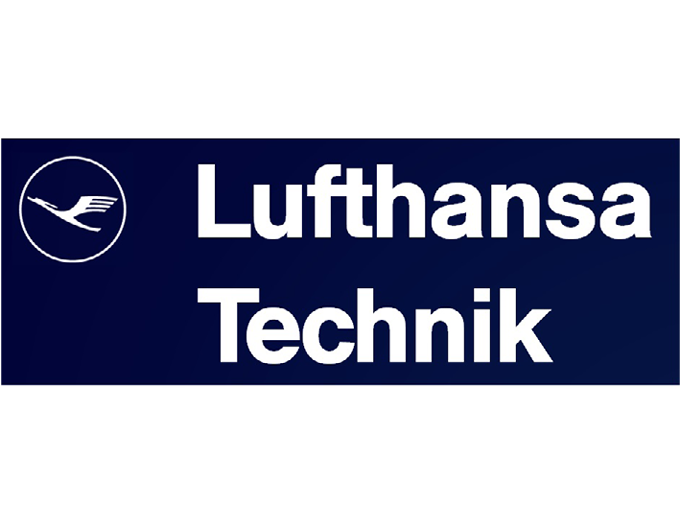




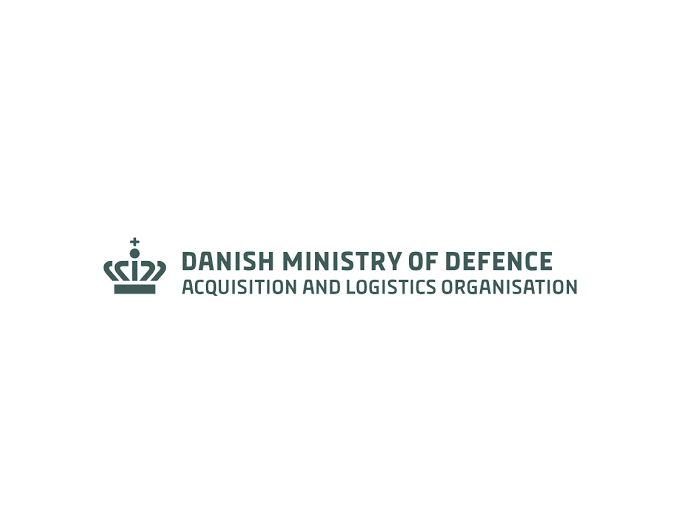
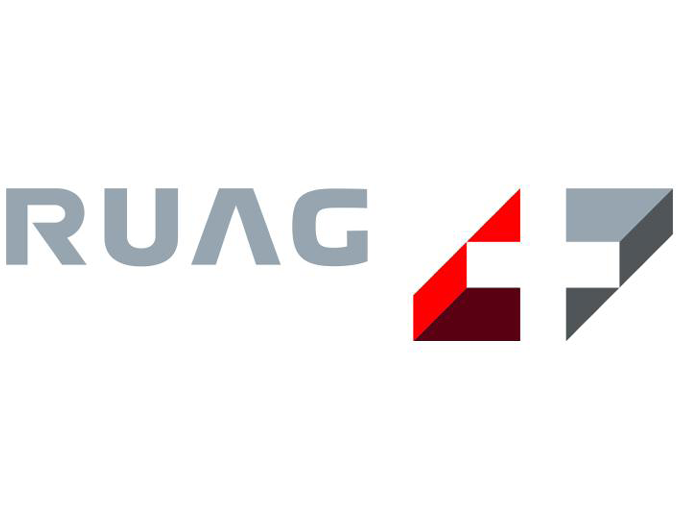
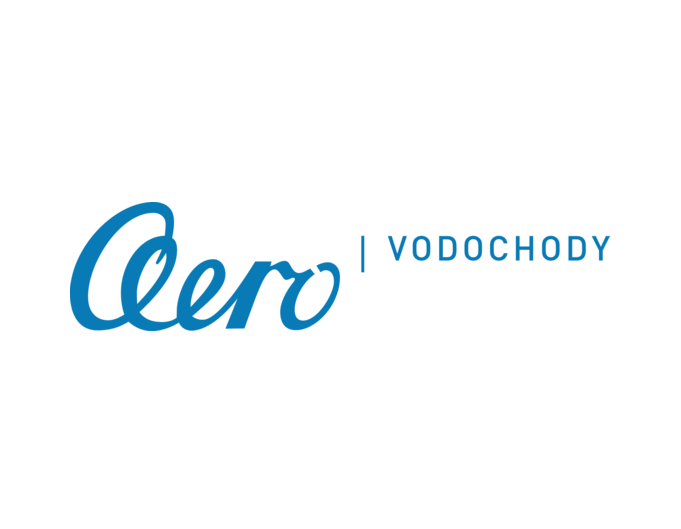
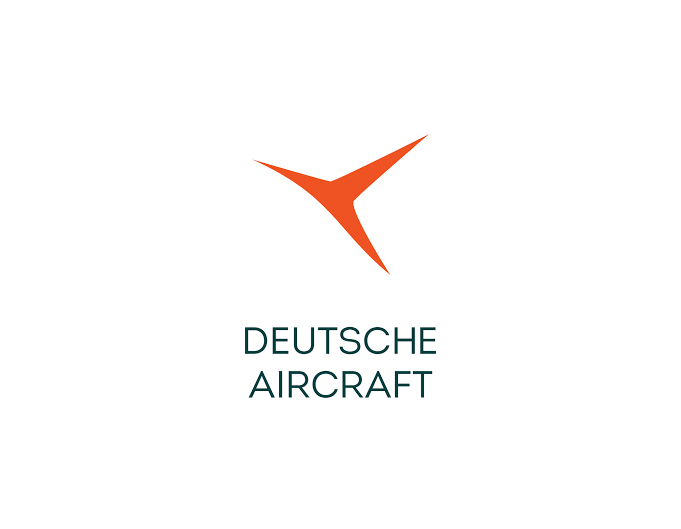
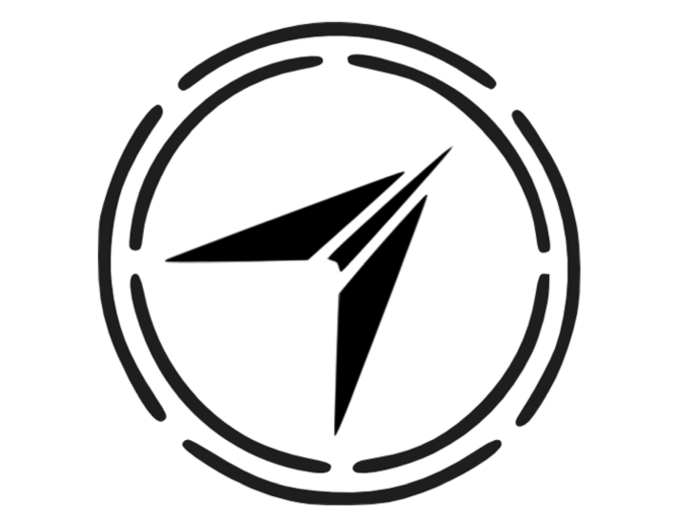
instructors
training courses
simulators
Achieve your goals with us
get in
touch!
Want to learn more about our courses or capabilities? Our team is always available to assist you.
Check out our latest news

